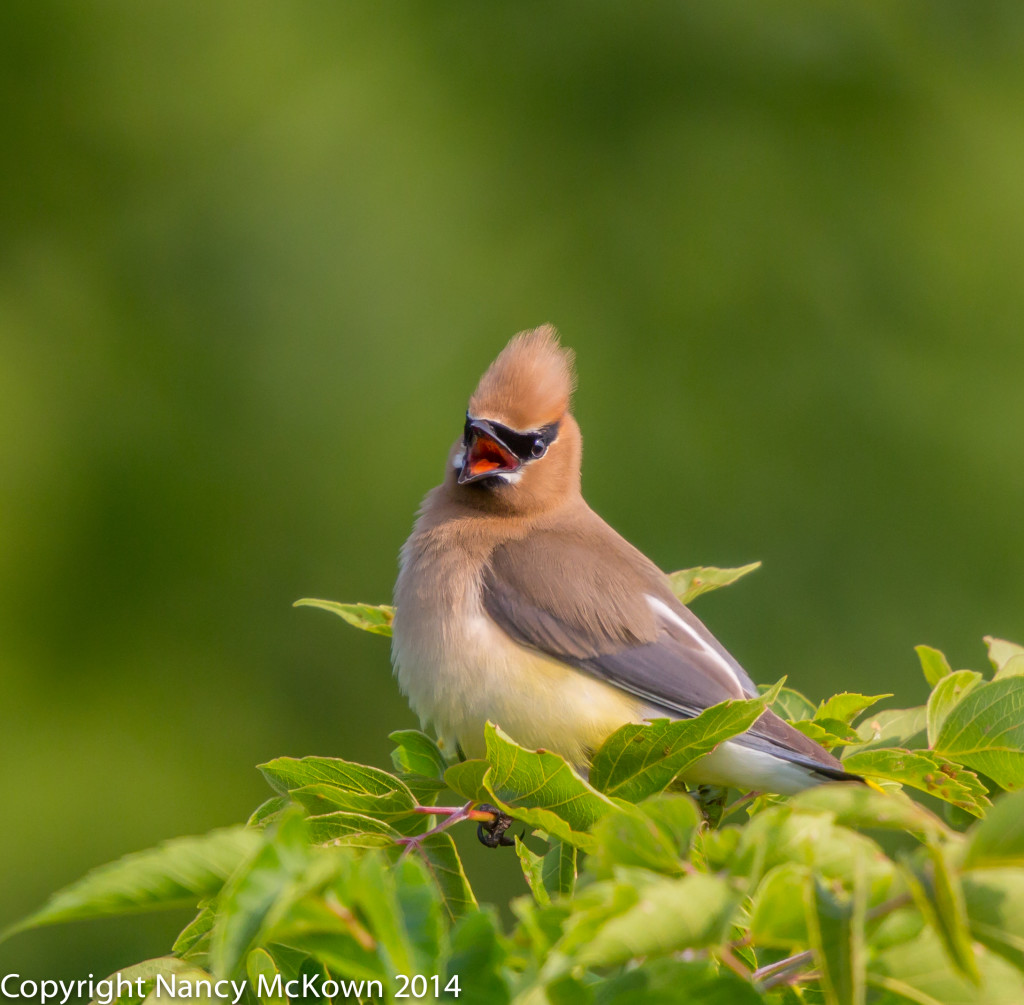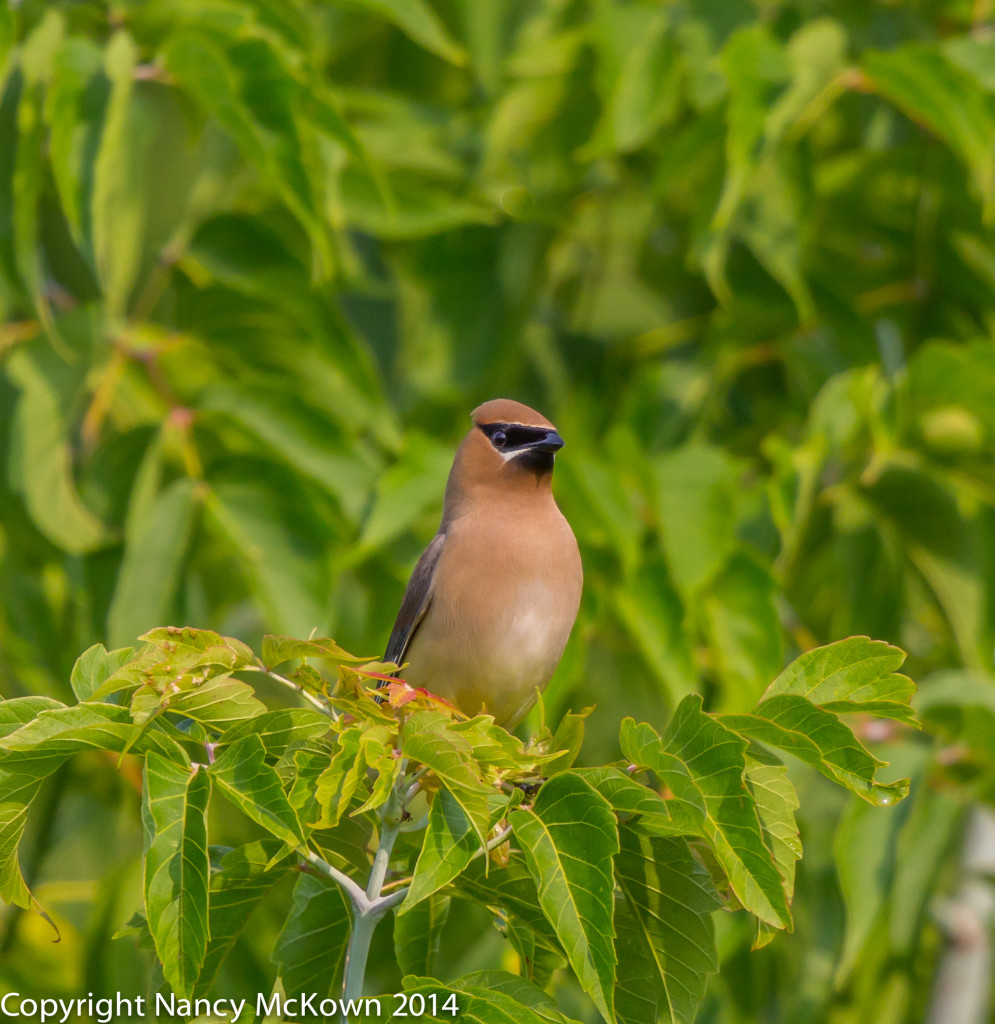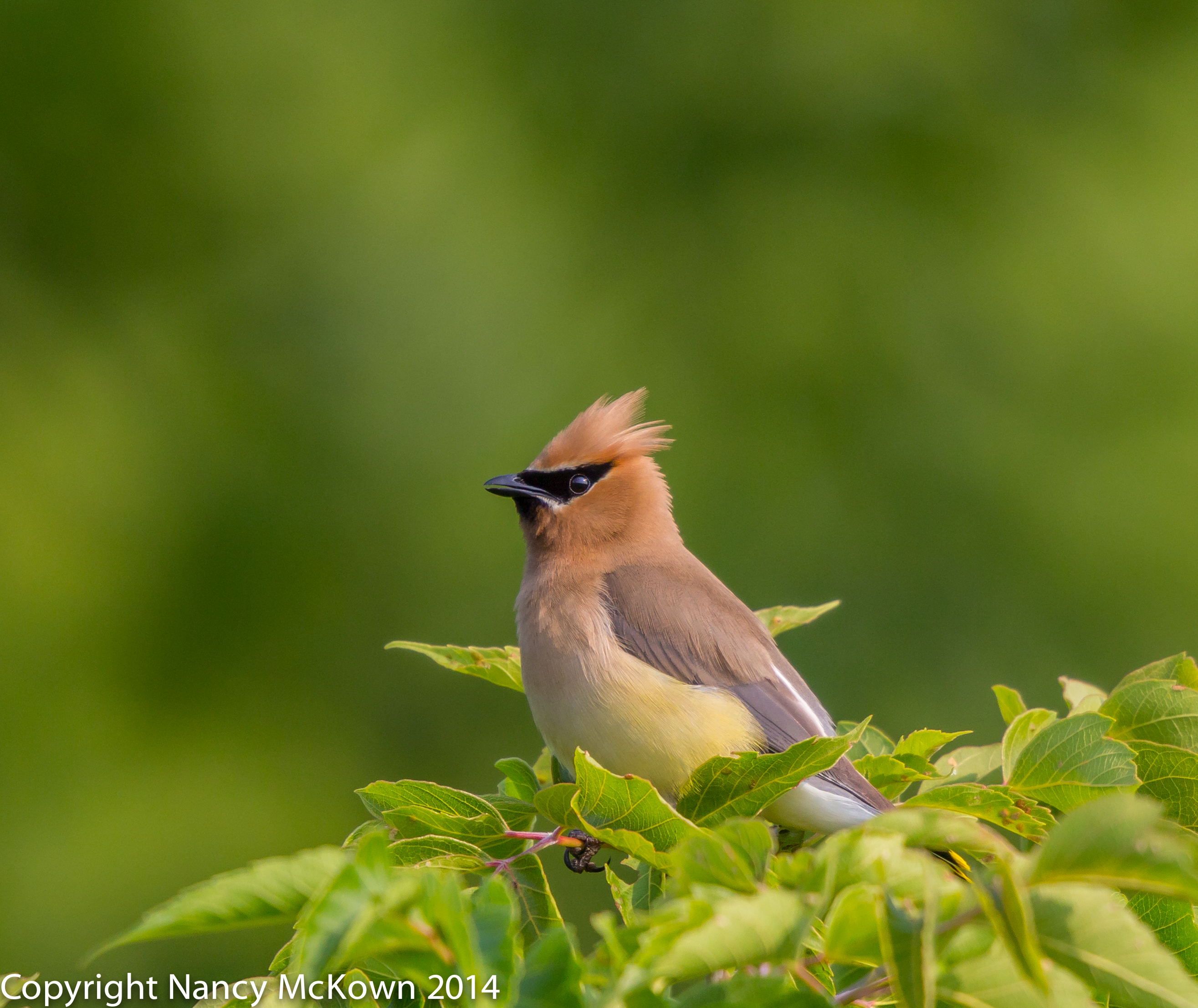Finding Birds to Photograph
It’s not often serendipity that brings me to a good bird shooting location. Understanding bird behavior and knowing where and when you are likely to find certain species of birds are important skills for any photographer. After all, if you are willing to put in the time, effort and expense it takes to go out in the wild to photograph birds, you might as well include a little serious study about the territorial habits of the birds you want to photograph.

ISO 800; f/8; 1/1000 Second
Territorial Birds
Often, I just watch and wait with my camera on my lap. Once I notice a mated pair of song birds in a location, I don’t necessarily rush to photograph them. I assume that I have found their territory and I have high expectations that if I take my camera to that same location every morning, I will see them again and again and hopefully, photograph them.
Most birds are territorial. During mating season, territorial birds carve out a niche of land and put lots of energy into NOT sharing the resources in that territory, especially if there are many competitors. The male generally chases off all other males of the same species (and sometimes other species) to prevent them from threatening his dominance and progeny. His songs are intended not only as mating calls, but also as threatening messages to competitors. (Keep Out!)
The size of the territory and the length of time it will be protected varies, depending on the species and the environmental conditions. Establishing territories is about reproductive success, consequently bird species may be vigorously territorial in the spring and summer, and then become suddenly tolerant and in favor of flocking with its own kind in the fall and winter months.
Nomadic Birds
Cedar Waxwings are nomadic birds and thus do not establish territories. This species is highly social and travels in cooperative flocks – moving often from one place to another and settling down for a short time during breeding season to build nests and raise young. The only way I can reliably find and photograph these fruit eating birds is to look for trees and shrubs that bear small fruits- huckleberry, serviceberry, juniper, hawthorn, cedar, honeysuckle and winterberry. Assuming the fruit is ripe, there’s a good chance that cedar waxwings will be found in large flocks voraciously eating the berries until the bushes are bare.
Since cedar waxwings do not establish territories, they do not need songs to communicate the “keep out” message to other birds of their species. They do still need calls and whistles to keep track of each other and warn of imminent danger. The calls and whistles that cedar waxwings emit can be found at this link.
Photographing That Distinctive Face
It’s always a joy to find cedar waxwings because I think that they are one of the most beautiful birds living in SW Michigan. Their distinctive black bandit mask outlined in white is striking against its cinnamon colored head crest. To find and photograph these birds, just search out the location of the wild berry bushes around you and do a little research to determine when the berries will be ripe. You won’t be disappointed.

ISO 1000; f/8; 1/1000 Second

Bushes Rather Than Pose for the Camera.
ISO 800; f/8; 1/1000 Second









